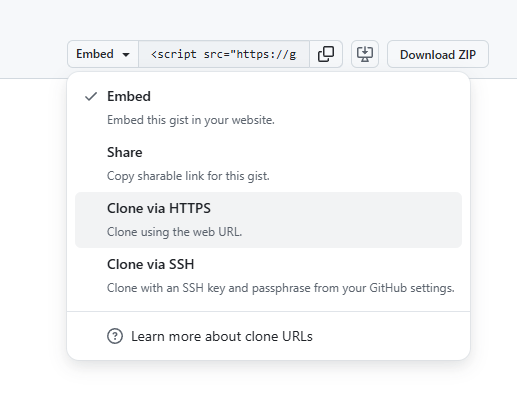Very briefly TIL that, if like me you happen to run Tailscale on your OpenWrt device, you can extend OpenWrt’s backup/restore script to include its Tailscale state allowing its identity to persist through upgrades or restore procedures.
To do so, add a new line with /etc/tailscale/ to /etc/sysupgrade.conf. This
directs OpenWrt to include the contents of this directory in its backup.
NB: The OpenWrt backup will now contain Tailscale secrets that can be used to join your Tailnet from another device, so be sure to take suitable care when storing them.
